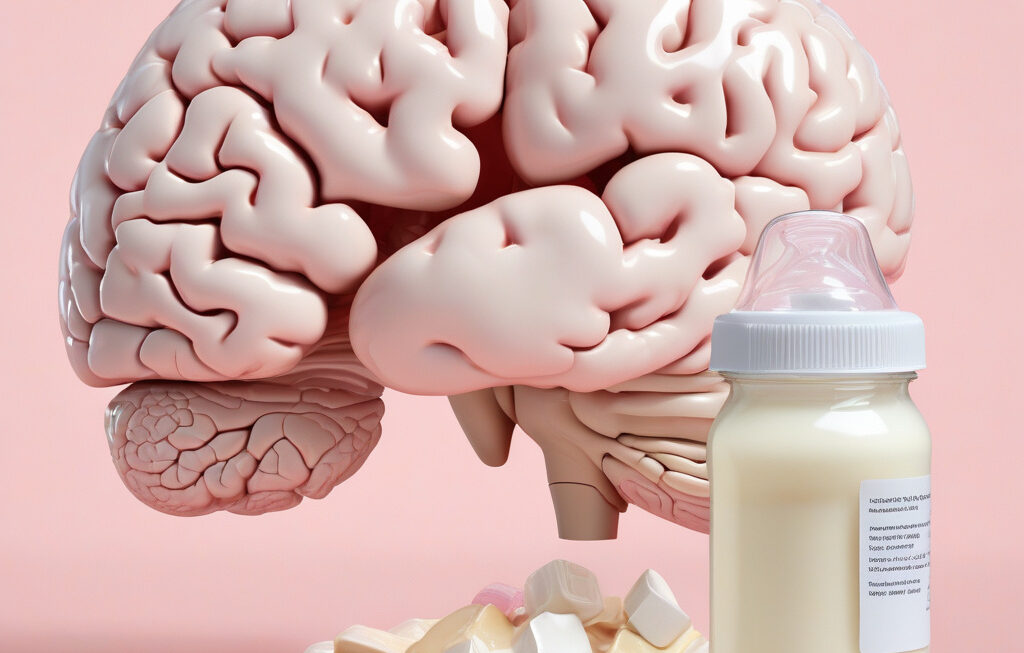Century-old Virus Sample Helps Decode Deadliest Influenza Pandemic in History
Scientists have “reconstructed” the genome of the 1918–1920 influenza virus, using a sample from a long-forgotten and seemingly innocuous source: a century-old sample preserved in a medical museum. This groundbreaking research sheds light on one of the most devastating pandemics in human history, commonly known as the Spanish flu.
The Spanish flu pandemic, which ravaged the globe between 1918 and 1920, infected an estimated 500 million people and claimed the lives of between 50 million to 100 million individuals. Despite its profound impact on society, much about the virus responsible for this catastrophic outbreak remained a mystery for decades.
Fast forward to the present day, a team of dedicated scientists embarked on a mission to unravel the secrets of the deadly virus. By utilizing advanced techniques in molecular biology and genetic sequencing, researchers were able to extract and analyze fragments of the influenza virus from a preserved lung tissue sample of a victim who succumbed to the Spanish flu in 1918.
Through meticulous work and cutting-edge technology, scientists successfully reconstructed the genetic blueprint of the 1918 influenza virus. This achievement not only provides valuable insights into the origins and evolution of the virus but also offers critical information for future pandemic preparedness and response efforts.
By comparing the genetic makeup of the 1918 virus to contemporary influenza strains, researchers were able to identify key genetic mutations that may have contributed to the virus’s virulence and transmissibility. Additionally, this research has helped scientists better understand why the Spanish flu disproportionately affected young, healthy adults, a phenomenon that puzzled medical experts at the time.
Moreover, decoding the genome of the 1918 influenza virus has significant implications for public health and virology. The knowledge gained from this research can inform strategies for monitoring and controlling emerging infectious diseases, as well as the development of more effective vaccines and antiviral treatments.
Beyond its scientific importance, the successful reconstruction of the 1918 influenza virus serves as a reminder of the enduring legacy of past pandemics and the importance of learning from historical outbreaks. By studying the mistakes and triumphs of our predecessors, we can better equip ourselves to face the challenges of future health crises.
In conclusion, the century-old virus sample has played a pivotal role in decoding one of the deadliest influenza pandemics in history. Through the dedication and ingenuity of modern scientists, we have unlocked a wealth of knowledge about the 1918 virus, bringing us one step closer to preventing and mitigating future global health threats.
Influenza, Pandemic, Virus, Research, Health Crisis











